When Did Health And Fertility Go Out Of Style? A Timeline Of Beauty Standards
The “ideal” female body type has changed dramatically over time. Once upon a time, the full-bodied Venus was held up as the archetype of beauty. Today, society has reduced the “perfect” female figure to an unsustainable stick-thin, yet toned form.

Health was once equated with beauty, but now it’s being disregarded.
A Look at Beauty Standards throughout History
At the beginning of human history, natural, biological instincts dictated beauty standards. The Venus of Willendorf, a statue from the Paleolithic Era, shows that health and the ability to bear children were the main criteria for being considered beautiful. This Venus boasts ample breasts and hips, along with a full stomach — all signifying that she was well-nourished and in good health.
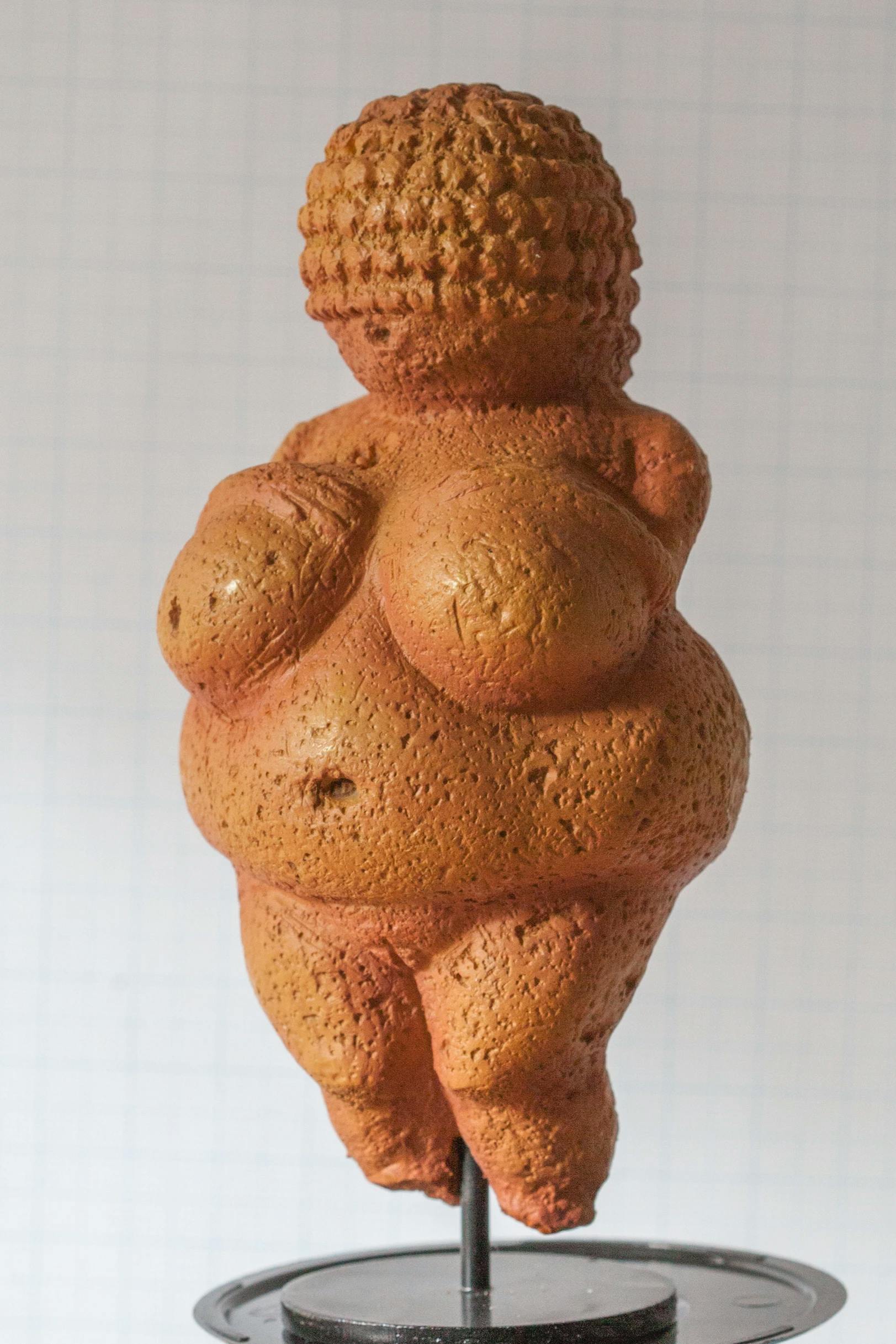
Thirunavukkarasye-Raveendran, CC0, via Wikimedia Commons
The Ancient Greeks earnestly sought to define the perfect human body. Statues show us that, while men were expected to be chiseled and athletic, women were considered attractive when they possessed fuller figures. Similar to the Venus of Willendorf — though on a more realistic scale — the ideal woman in Ancient Greece had large hips, full breasts, and a stomach undefined by the abdominal muscles. Aphrodite, the goddess of love and fertility who was held up as the epitome of feminine beauty, was always depicted in possession of these traits.
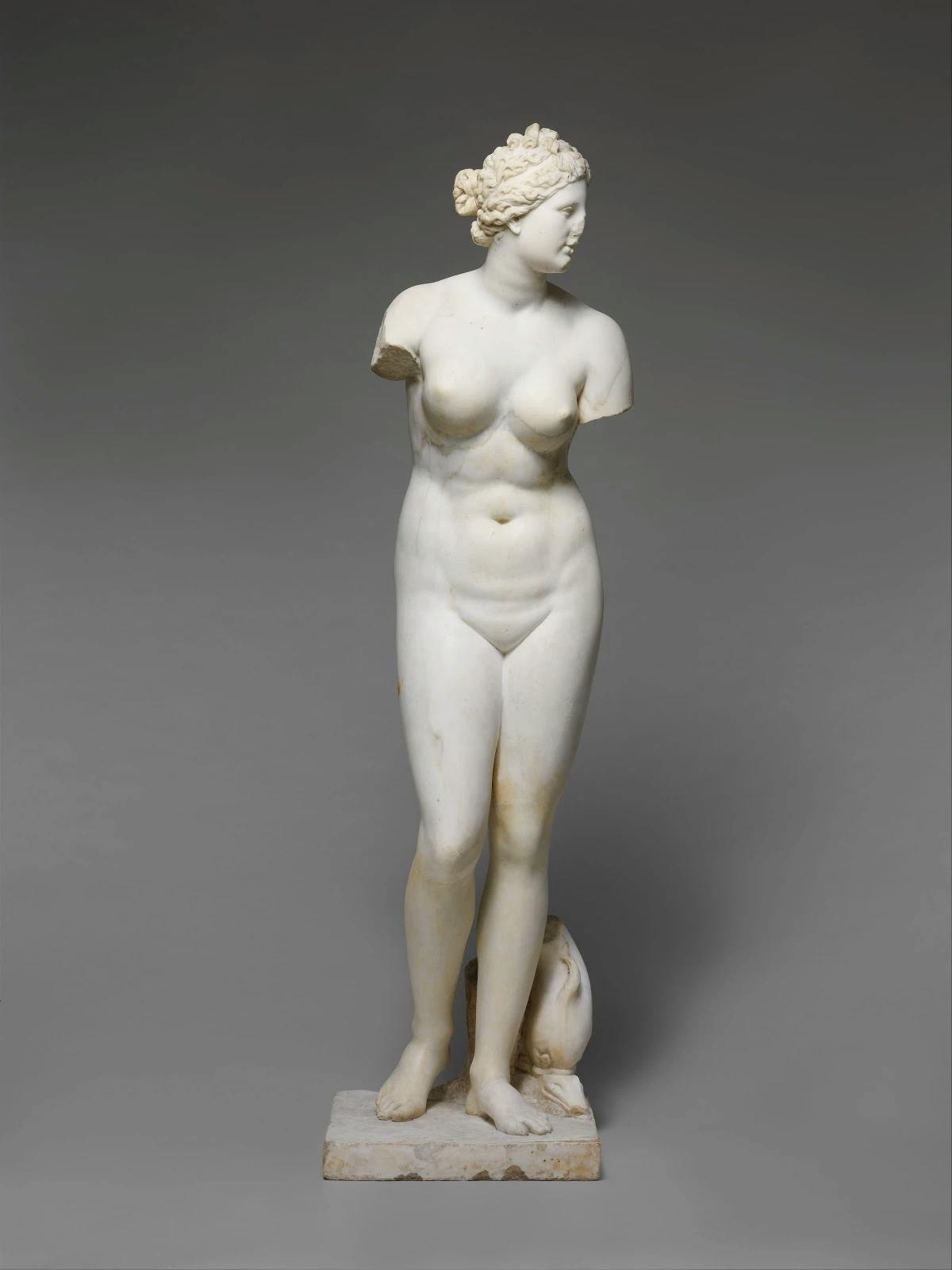
Marble statue of Aphrodite. Public Domain/The Met
Paintings from the Italian Renaissance show that the standards remained consistent with (and were, in fact, influenced by) those of Ancient Greece. Women were portrayed with plentiful body fat and wide hips, as this was synonymous with health, wealth, and fertility. One can see these attributes in Botticelli’s iconic painting The Birth of Venus.
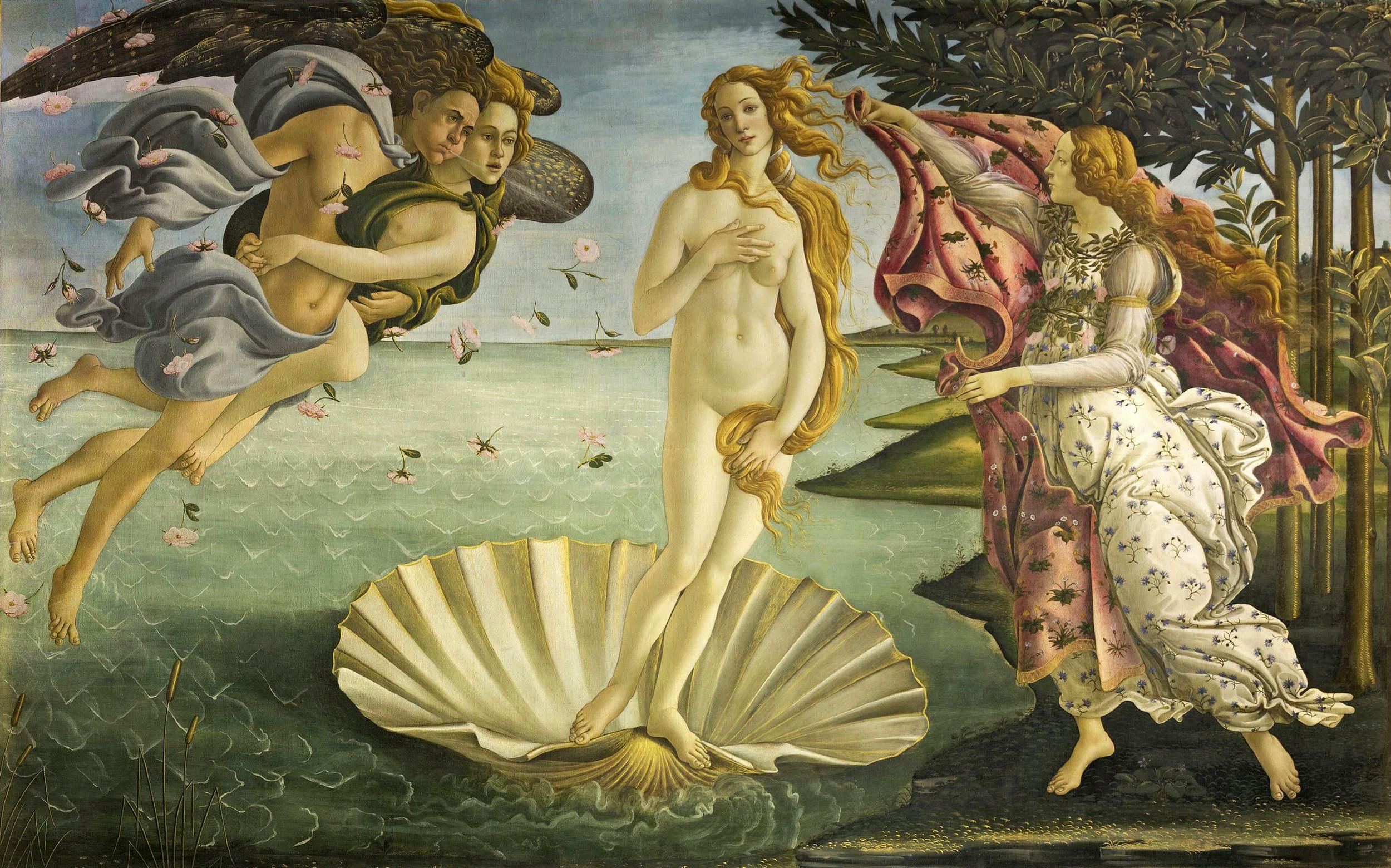
Public Domain/Wikimedia Commons
Such ideals continued throughout the early 1900s when the “Gibson Girl” (a collection of illustrations done by artist Charles Dana Gibson) epitomized the ideal feminine figure with height, a voluptuous bust, and wide hips. Actress and model Evelyn Nesbit brought the famous illustrations to life and led many American women to desire such a form.
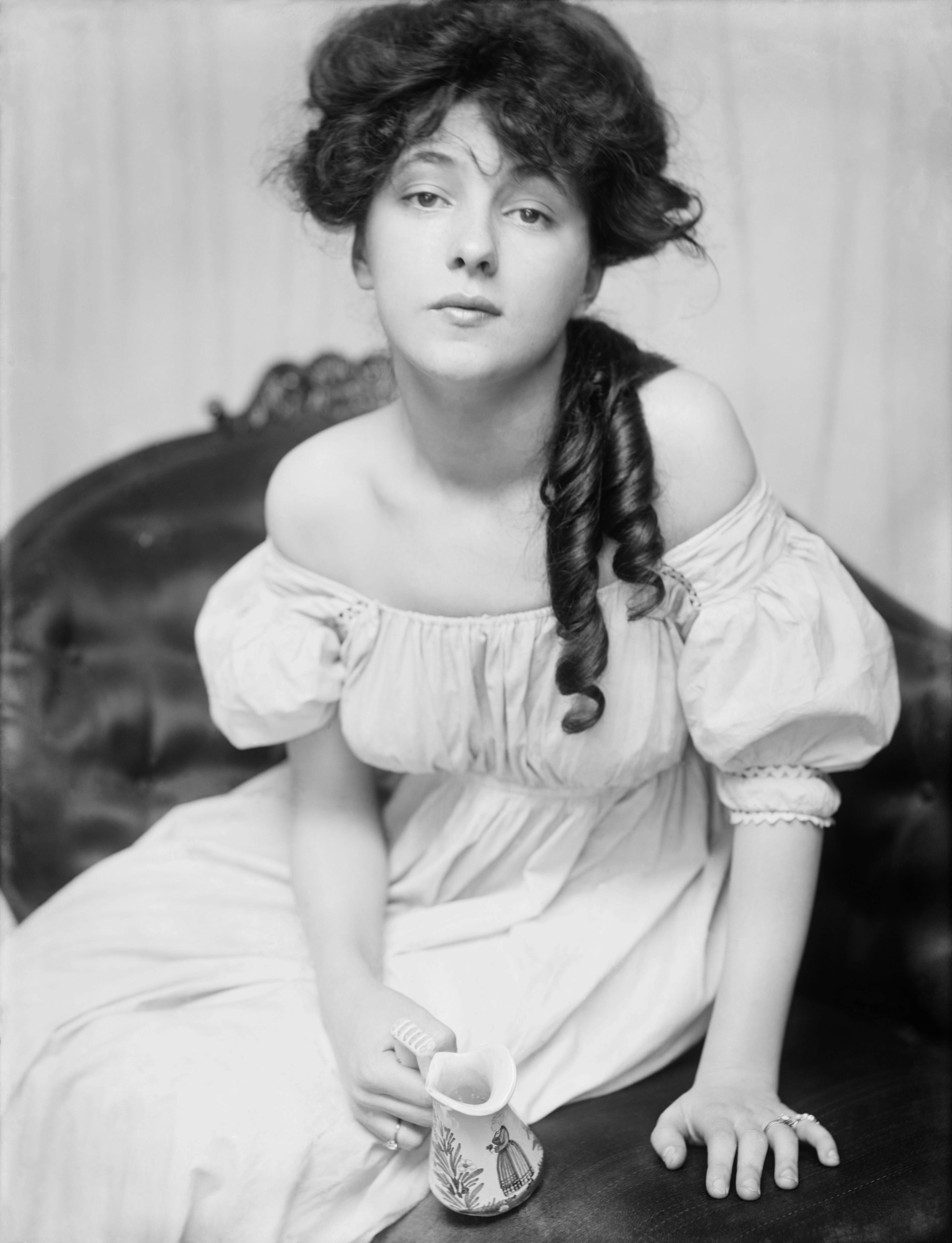
Evelyn Nesbit. Public Domain/Wikimedia Commons
The 1920s witnessed a drastic change. Flappers brought into vogue a boyish figure — small breasts, a lack of curves, and short hair. This physicality reflected the shifting attitude of women at the time. No longer did women seek to be considered “prim and proper.” Instead, they liberated themselves from such expectations and took to the speakeasies where rebellion took many different forms. To achieve this thinner, androgynous look — exemplified by actress Louise Brooks — women began to exercise more vigorously and eat far less. Full-length mirrors and bathroom scales became prevalent, aiding females in this endeavor.
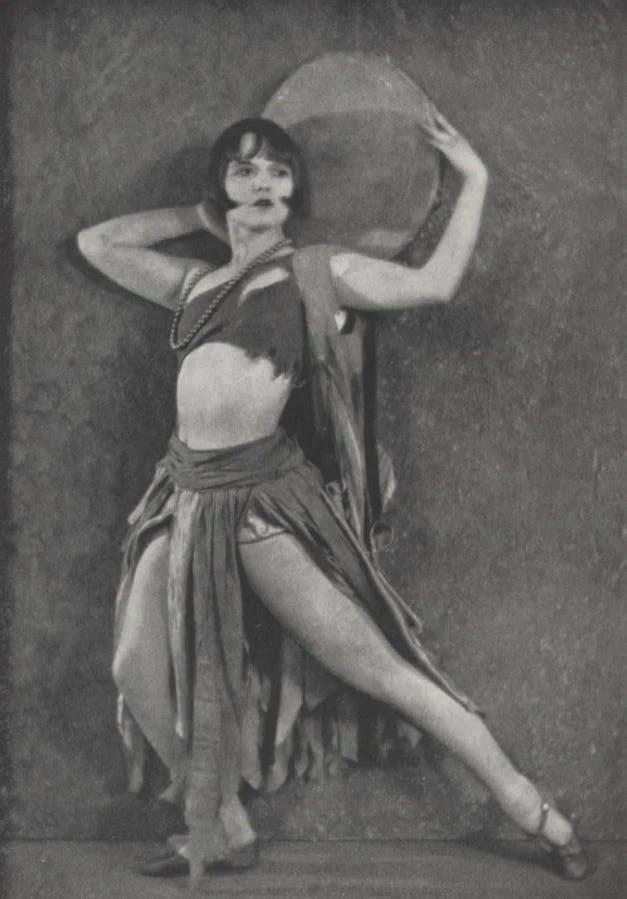
Louise Brooks, 1925. Public Domain/Wikimedia Commons
Following the Great Depression, the full figure made a comeback. Women no longer wanted to look really thin, and the increasingly popular Hollywood films glorified an hourglass figure. Marilyn Monroe and Grace Kelly became the paragons of beauty and normalized a healthy BMI for women. During the 1950s, the average BMI was 23.6, which falls within the healthy weight range for women (18.5-24.9).
When another female rebellion occurred in the 1960s, the trend shifted back towards that of the flapper era. Once again, thinness became all the rage. Supermodel Twiggy, who weighed in at only 112 pounds, replaced Monroe and Kelly as the standard of feminine beauty. This shift likely occurred in large part due to the Sexual Revolution which normalized casual sex. No longer was sex reserved for procreation within a marriage. Fertility, therefore, went out of style.
The 1970s ushered in even greater unhealthy standards for women. Anorexia nervosa became widespread as diet pills became widely available and public figures like singer Karen Carpenter subscribed to starvation diets. Fitness became more and more important to women, leading to the aerobics craze (leg warmers and all) of the ‘80s. During that decade, 60% of Playboy magazine models weighed 15% less than the healthy average. Sadly, this movement towards near-impossible ideals for the female body has continued.
Biological Reasons Are No Longer a Factor in Beauty Ideals
Why have we strayed so far from the standards of Ancient Greece? According to art historian Dr. Adelina Modesti, ideas of beauty are both biologically and culturally driven. She notes that representations of the human body have “changed dramatically across different artistic periods” but that, throughout that change, “beauty has never traditionally been about being slim.”
“I don’t think there was ever really a society that valorized thinness." Until now.
If you’re looking at art, Modesti adds, “I don’t think there was ever really a society that valorized thinness. It was always to do with the notion of being healthy and a woman’s beauty reflected her ability to bear children — so thinness would not have been acceptable.”
Today, however, people are far less concerned with fertility and, therefore, with women’s health (as fertility is often a sure sign of a woman’s health). People now report pleasure as the main reason for engaging in sexual activity. Thus, biology is no longer necessarily driving attraction. Whereas beauty used to have a solid basis in nature, it’s now dictated by the whims of society. Pop-culture and the media now exercise greater control over what’s considered “in style” for women’s bodies.
Magazines, TV shows, and films all push the thin ideal, encouraging women to manipulate their bodies into something that goes against nature. A recent study shows that 85% of American women were dissatisfied with their current body and desired to be thinner. On average, women in the U.S. spend 12 hours in the gym every week. In 2017, 17.5 million surgical cosmetic procedures (such as tummy tucks and liposuction) were performed on women. It’s estimated that 20 million American women are struggling or have struggled with an eating disorder. Such illnesses harm the fertility of women, making it difficult and sometimes even impossible to conceive and bear children.
Today, women are obsessed with thigh gaps and defined stomachs because society has told us that these contrived standards are what make a woman beautiful and desirable. Health and fertility are neglected in favor of shedding pounds and fitting into a size two.
Why Women Should Embrace Their Naturally Feminine Bodies
It’s time that women reclaimed the narrative of beauty and, with it, our health. Instead of going along with a culture that tells us that we should eat less and exercise more so as to achieve a figure that has been arbitrarily deemed attractive, we should work to shift the focus back to true health. A woman’s body naturally carries more fat than a man’s. Society has portrayed this as a negative while, in fact, this extra fat enables women’s bodies to carry out natural functions such as reproduction.
Closing Thoughts
Today’s beauty standards put women at greater health risks (such as osteoporosis and infertility) and, therefore, rob women of their true feminine power. Women need not neglect exercise and a healthy diet. We shouldn’t, though, feel as if we need to take either to the extreme so as to harmfully alter our bodies to fit society’s skewed descriptions of beauty. Health is beautiful. Natural is beautiful. Embracing the way in which we were created is beautiful. The female body as it was intended to be is beautiful.